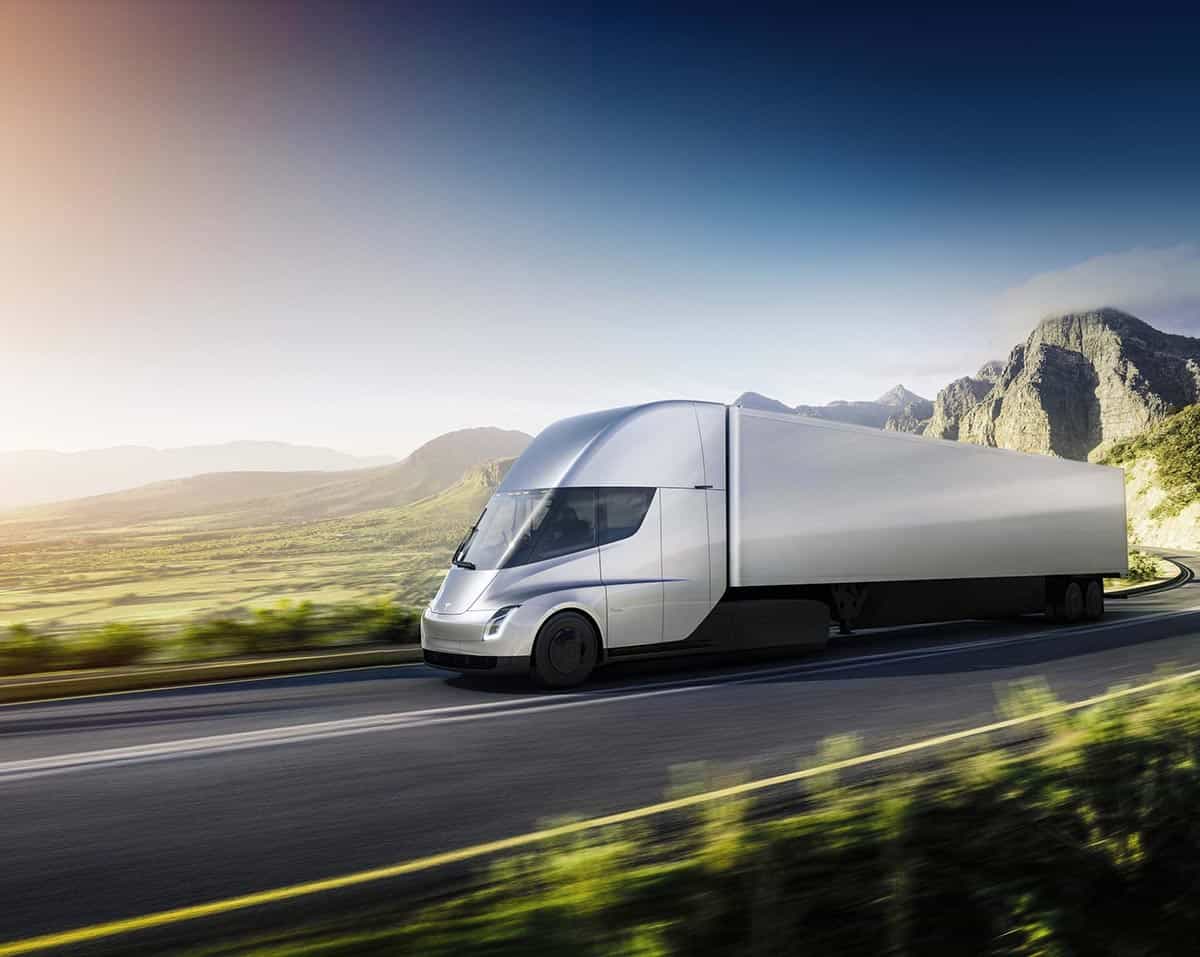GREEN POWER
Committed to sustainability, a three-phase plan to electrify our business.
PHASE 1:
120KW SOLAR ARRAY
288 bi-facial 405 watt panels on ¼ acre
Over the winter 2021 break, we installed a powerful new solar array on some sunny marginal land in the center of the nursery. Special thanks go to Jason and Qian Tu of Holtzman Design, and Mark and Rebecca Waldo of Waldo Renewables for their design help and hard work. Once Jason sited the locations and elevations for the ground posts, our crew got to work drilling in the posts, and bolting up the endless steel racking parts. Conveniently, thanks to Covid, our four sons were home from school, and they got to help heft up the 288 panels onto the angled racks. A true family affair!
Rocking the rays, we now power the farm office, irrigation pumps, potting machines, and greenhouse controls with clean farm-generated solar. In fact, the Farm now generates over 300% of its annual electrical usage from the array. However, this overproduction is temporary. While we await the arrival of our Battery Electric Vehicle (BEV) trucks in Phase Two, our grid-connected system pumps excess electricity out to the neighborhood, powering 10-15 homes at peak production times.
The Zero/Zero Plan
So yes, there’s method to the madness of all that solar. We are going electric; zero-emissions BEV Tesla Semi tractor trailers are on order, and we plan to take delivery just as soon as they are built. We’ve already upgraded our electric service to 1500amp/480volt, in order to accommodate the powerful electric charging stations. Each of the four Semis has a loaded range of 500 miles per charge, enough to make all daily delivery round trips. The trucks will then recharge overnight at our loading dock. We calculate that our current installed solar capacity will power two of those four trucks for the entire delivery season using nothing but farm-raised sun power.
We call the initiative our Zero/Zero plan; zero localized emissions as our trucks travel their daily routes, and zero generation emissions as we produce as much of our electricity with on-site solar. With scientific models all pointing to a warming planet, largely due to human-caused climate change, we feel that it’s high time to act locally. If a small company can harness the power of the sun, and reach into the future in this way, then surely much larger enterprises and governments can as well.
While we wait for the trucks, we’re investing in BEV UTVs (utility vehicles) to supplement/replace our diesel tractor fleet. These 27hp zero-emissions battery electric UTVs have most/all of the pulling power of a small diesel tractor, charge with a 110v a/c outlet, and go up to 40 miles on a charge. We only end up charging them once or twice per week overnight. Additionally, the two shaded seats with seatbelts are safer than the exposed tractor/trailer seating option. And importantly, the HiSun Sector 1 UTV costs at least $2000 less than an equivalent diesel tractor.
PHASE 2:
TRANSITION TO BEV TRUCKS

Balancing our increased demand with increased supply.
With the ultimate goal of a zero emissions nursery, we plan to add more solar as demand increases. Jason Holtzman designed us the coolest solar space truss that would soar over our loading dock and production area. Solar panels on top of the roof would double our existing capacity, taking care of the power needs of the other two Tesla trucks. Additionally, the truss would help shade carted-up plants on the dock. We’ll also better protect our production area with retractable heavy canvas side panels.
We are also working with several partners on an agrivoltaics project. With this system, plants can be grown below specially designed solar arrays. Thus, we’d maintain our limited growing space here at the farm and produce more solar for the rest of the growing EV tractor fleet.
The final pieces of the puzzle comes with battery storage and conversion of our greenhouse heating systems from fossil fuels to electric. Solutions for electrification here are prohibitively expensive as of this writing, but the pace of progress is amazing, and we’ll keep pushing the envelope on these fronts as well.
